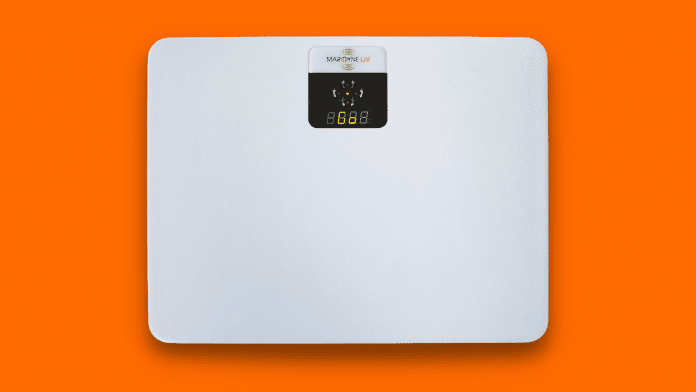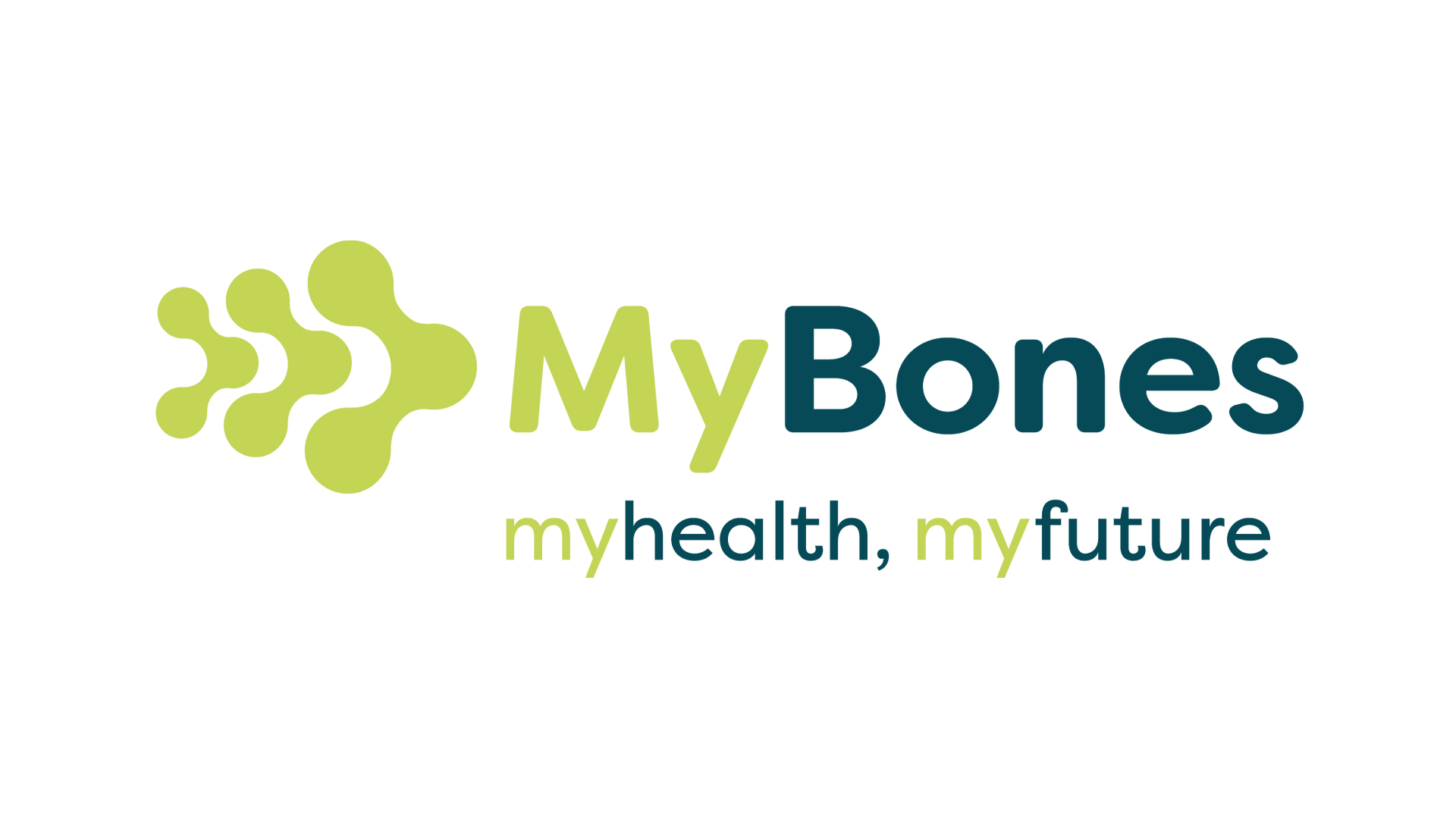
MyBones outlines the challenges to global bone health revealed by SCOPE 2021, and how Low-intensity Vibration therapy offers an innovative way to prevent and combat osteoporosis, that may assist existing support services.
The results of SCOPE 2021 (The Scorecard for Osteoporosis in Europe) are startling; 32 million people in Europe have osteoporosis – the equivalent of 5.6% of the total EU population.1 This costs healthcare providers billions, with fractures estimated to cost the UK NHS £5.4 billion per year.2Produced by the International Osteoporosis Foundation (IOF), Scope 2021 compares bone health data within the EU27+2 (the EU, Switzerland, and the UK). The report covers key metrics such as the number of fragility fractures, the cost of these fractures, and fracture probability.
These metrics highlight the gaps in European fracture prevention and the costs these pose to healthcare providers; costs that will likely only rise as populations in Europe age.
Moreover, SCOPE 2021 only includes data up to 2019, therefore, does not fully account for the impact of COVID-19. Whilst there is little evidence to suggest Covid-19 can directly impact bone health, lockdowns and increased pressure on healthcare providers have stretched resources and increased backlogs. This means the already significant costs forecasted in SCOPE 21 are likely to be higher.
Even prior to the pandemic, the treatment gap for osteoporosis was wide and has steadily risen 16% between 2010 and 2019.3 Post-pandemic, this gap is likely even larger, with the BBC recently reporting NHS waiting lists had reached an all-time high of 6 million people.4
It’s clear the time to act on osteoporosis is now.
Vibration therapy to improve bone health
Scientists have studied Low-intensity Vibration therapy for over 40 years. The technology was originally developed in conjunction with NASA to help prevent astronauts in microgravity from losing bone density. The lead researcher, Professor Clinton Rubin, quickly realised the potential the technology had to treat osteoporosis on earth. Through years of testing and refining the technology, the Marodyne LiV device was developed – a fully functional, safe and effective low-magnitude, high-frequency platform.
When you stand on the Marodyne LiV device, it produces gentle signals that mimic the body’s natural mechanical signals and target your mesenchymal stem cells (MSCs). This encourages your MSCs towards osteoblast activity (bone-building), whilst simultaneously discouraging osteoclast activity (bone resorption). By stimulating these MSCs, Low-intensity Vibration devices, such as the Marodyne LiV, can help encourage bone production and halt fat production.5
Numerous studies and clinical trials have established that using the Marodyne LiV device for just 10 minutes per day can help maintain and increase bone mineral density (BMD). For example, one study of young adult women with low BMD found that Low-intensity Vibration helped improve bone and muscle mass.6
Not all vibration therapy is the same, however. Some high-intensity vibration therapy devices, generally those that exceed forces of 1.0g, have been known to cause harm. One study found some high-magnitude devices can “present significant risks to users”.7
Conversely, the vibrations produced by the Marodyne LiV device are set to a safe low magnitude of 0.4g and frequency of 30hz. This ensures the Marodyne LiV device has no contraindications and is fully compliant with the recommendations set out in the ISO and OSHA vibration standards (ISO 2631).
Taking a preventative approach for osteoporosis
Based on current trends, osteoporosis cases are set to soar. The IOF predicts annual European fractures will increase to 5.34 million by 2034 – a 24.8% rise from 2019.8 Preventing osteoporosis will play a key role in reducing cases and relieving the strain on healthcare providers.
Numerous people can benefit from Low-intensity Vibration therapy, especially those already at a higher risk of developing osteoporosis. Post-menopausal women are one such group. From the onset of menopause, oestrogen levels in the body decline, which can lead to reduced bone density and increased fracture risk as a result.
There are several studies into the effectiveness of Low-intensity Vibration therapy for post-menopausal women. A recent systematic review of the data concluded, “Low-magnitude whole-body vibration therapy can provide a significant improvement in reducing bone loss in the lumbar spine in postmenopausal women.”9 They found the vibration therapy helped to reduce falls, another risk factor for fractures.
Low-intensity Vibration therapy has shown excellent paediatric potential. Bone requires mechanical loading, or physical activity, to strengthen and harden. Children with immobility-related disabilities are therefore at an increased risk of developing bone conditions.
There are several studies into the effectiveness of Low-intensity Vibration therapy in children, with one randomised study finding a 6.3% rise in BMD in children using a LiV device compared to an 11.9% drop in BMD seen in the control group.10 Some studies have established the effectiveness of Low-intensity Vibration therapy at improving the bone density of children with osteogenesis imperfecta and idiopathic scoliosis.11,12
Both these examples demonstrate how Low-intensity Vibration therapy can be used to help slow and, in some cases, prevent the loss of bone mineral density.
Testing for the future
Identifying osteopenia and osteoporosis earlier will help reduce fractures and improve bone health.
A DEXA scan (dual-energy x-ray absorptiometry) is the gold-standard method to diagnose and measure osteoporosis. The scan uses low dose x-rays to measure bone density and determine a patient’s ‘T-score’.
Widespread testing would help improve patient awareness and encourage early treatment – such as Low-intensity Vibration – thereby increasing efficacy. Unfortunately, lengthy wait times result in low universal access to DEXA scans, particularly in the UK where wait times average 42 days.13
Increasing the availability of DEXA scans would support the work done by Fracture Liason services (FLS), whose function is to identify people over the age of 50 who have had a fragility fracture, to reduce their risk of additional fractures. The aims of the FLS include coordinating care and providing patients with support and education. The importance of this is highlighted by one study which found the proactive approach of FLS can significantly reduce subsequent fractures.14
Like DEXA availability, FLS coverage in Europe is inconsistent. Many at-risk patients remain untreated, with 85% of fracture patients in France not starting any post-fracture care a year after their initial fracture.15
Widening the reach of support services like FLS and DEXA scans would help to reduce the treatment gap and, in turn, reduce fractures.
Improving access to support services and embracing new technology
There is no single solution to osteoporosis. Prevention and treatment are vital, and policy decisions need to reflect this.
Improved access to support services would go a long way to preventing and combatting the disease. Widespread adoption of new technologies, such as Low-intensity Vibration devices, would support their work, giving patients an effective, proactive and non-pharmacological means to prevent and combat osteoporosis.
Substantiated results for the value of Low-intensity Vibration therapy are growing. These results are likely to form a vital part of future clinical guidelines.
The Marodyne LiV device (certified by the British Standards Institute as a class iia medical device) is Europe’s only recognised Low-intensity Vibration device certified to prevent and combat osteoporosis.
Author: Edward James, MyBones
References
1.International Osteoporosis Foundation. A New Scorecard For Osteoporosis In Eu 27+2. Accessed March 25, 2022. https://www.osteoporosis.foundation/sites/iofbonehealth/files/2021-06/Infographic%20General.pdf
2.Willers, C., Norton, N., Harvey, N.C. et al. Osteoporosis in Europe: a compendium of country-specific reports. Arch Osteoporos 17, 23 (2022). https://doi.org/10.1007/s11657-021-00969-8
3.Willers, C., Norton, N., Harvey, N.C. et al. Osteoporosis in Europe: a compendium of country-specific reports. Arch Osteoporos 17, 23 (2022). https://doi.org/10.1007/s11657-021-00969-8
4.Triggle N. Hospital waiting lists hit six million in England. BBC News. January 1, 2022. Accessed March 25, 2022. https://www.bbc.co.uk/news/health-59972628
5.Pagnotti GM, Styner M, Uzer G, et al. Combating osteoporosis and obesity with exercise: leveraging cell mechanosensitivity. Nat Rev Endocrinol. 2019;15(6):339-355. doi:10.1038/s41574-019-0170-1
6.Gilsanz V, Wren TA, Sanchez M, Dorey F, Judex S, Rubin C. Low-level, high-frequency mechanical signals enhance musculoskeletal development of young women with low BMD. J Bone Miner Res. 2006;21(9):1464-1474. doi:10.1359/jbmr.060612
7.Muir J, Kiel DP, Rubin CT. Safety and severity of accelerations delivered from whole body vibration exercise devices to standing adults. J Sci Med Sport. 2013;16(6):526-531. doi:10.1016/j.jsams.2013.01.004
8.International Osteoporosis Foundation. Key Statistics For Europe. Accessed March 25, 2022. https://www.osteoporosis.foundation/facts-statistics/key-statistic-for-europe
9.Ma, C., Liu, A., Sun, M. et al. Effect of whole-body vibration on reduction of bone loss and fall prevention in postmenopausal women: a meta-analysis and systematic review. J Orthop Surg Res 11, 24 (2016). https://doi.org/10.1186/s13018-016-0357-2
10.Ward K, Alsop C, Caulton J, Rubin C, Adams J, Mughal Z. Low magnitude mechanical loading is osteogenic in children with disabling conditions. J Bone Miner Res. 2004;19(3):360-369. doi:10.1359/JBMR.040129
11.Semler O, Fricke O, Vezyroglou K, Stark C, Stabrey A, Schoenau E. Results of a prospective pilot trial on mobility after whole body vibration in children and adolescents with osteogenesis imperfecta. Clin Rehabil. 2008;22(5):387-394. doi:10.1177/0269215507080763
12.Lam TP, Ng BK, Cheung LW, Lee KM, Qin L, Cheng JC. Effect of whole body vibration (WBV) therapy on bone density and bone quality in osteopenic girls with adolescent idiopathic scoliosis: a randomized, controlled trial. Osteoporos Int. 2013;24(5):1623-1636. doi:10.1007/s00198-012-2144-1
13.Willers, C., Norton, N., Harvey, N.C. et al. Osteoporosis in Europe: a compendium of country-specific reports. Arch Osteoporos 17, 23 (2022). https://doi.org/10.1007/s11657-021-00969-8
14.Walters S, Khan T, Ong T, Sahota O. Fracture liaison services: improving outcomes for patients with osteoporosis. Clin Interv Aging. 2017;12:117-127. Published 2017 Jan 10. doi:10.2147/CIA.S85551
15.International Osteoporosis Foundation. European countries face a costly 23% increase in fragility fractures by 2030. April 27, 2020. Accessed March 25, 2022. https://www.osteoporosis.foundation/news/european-countries-face-costly-23-increase-fragility-fractures-2030-20200427-0900

























